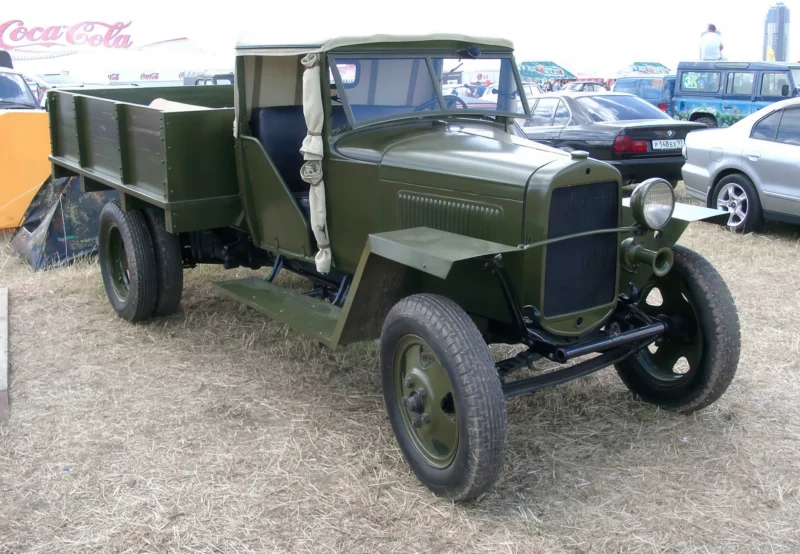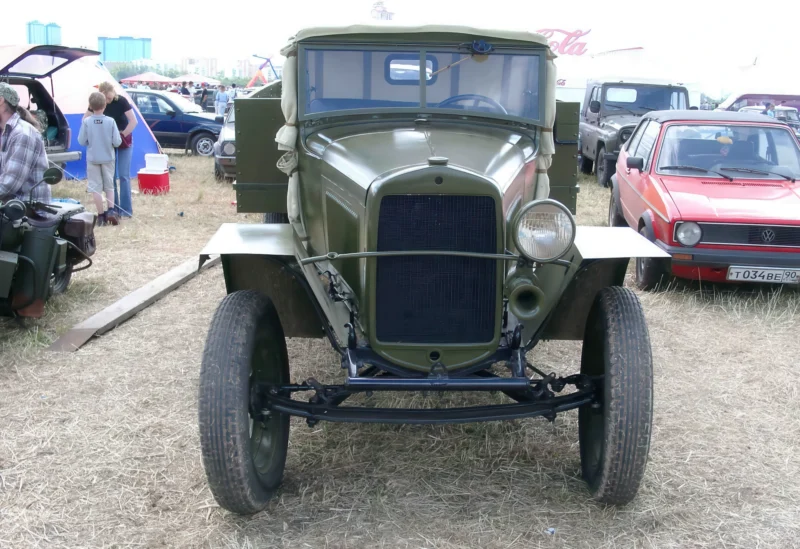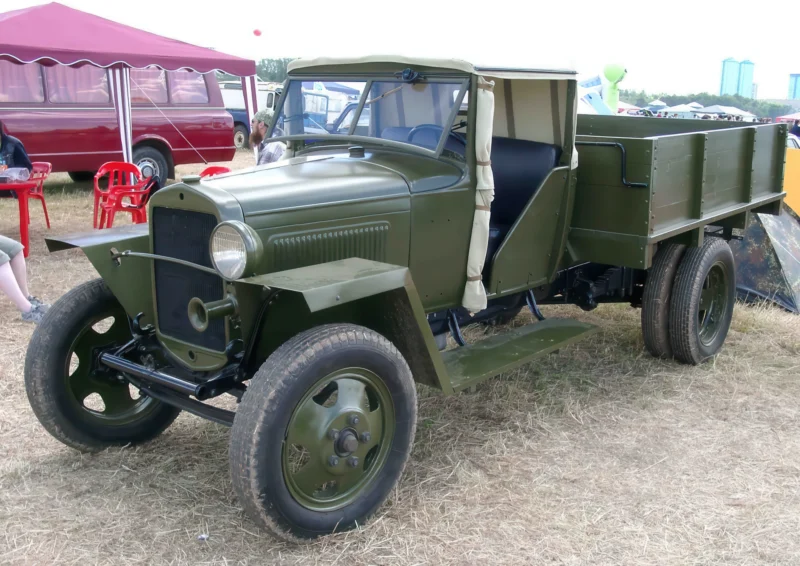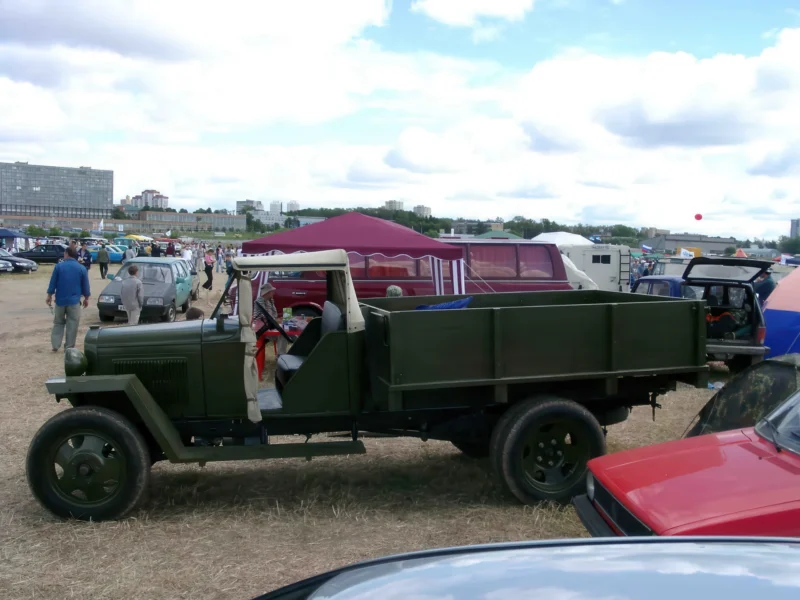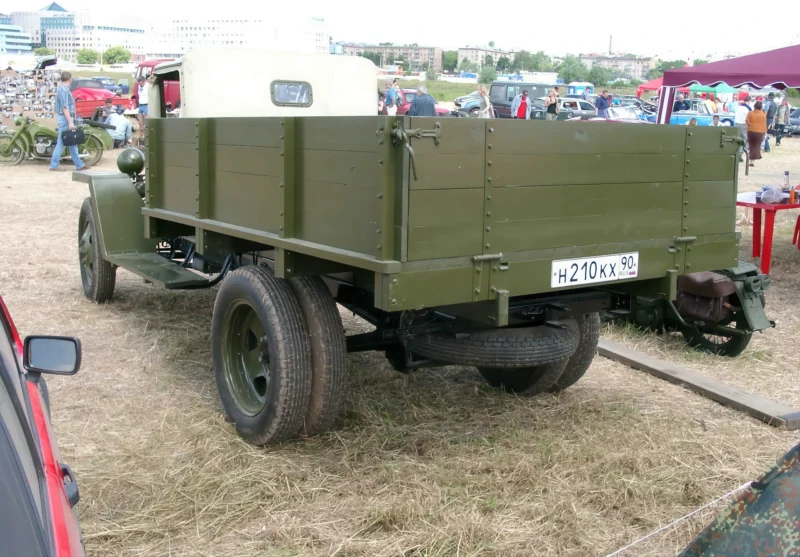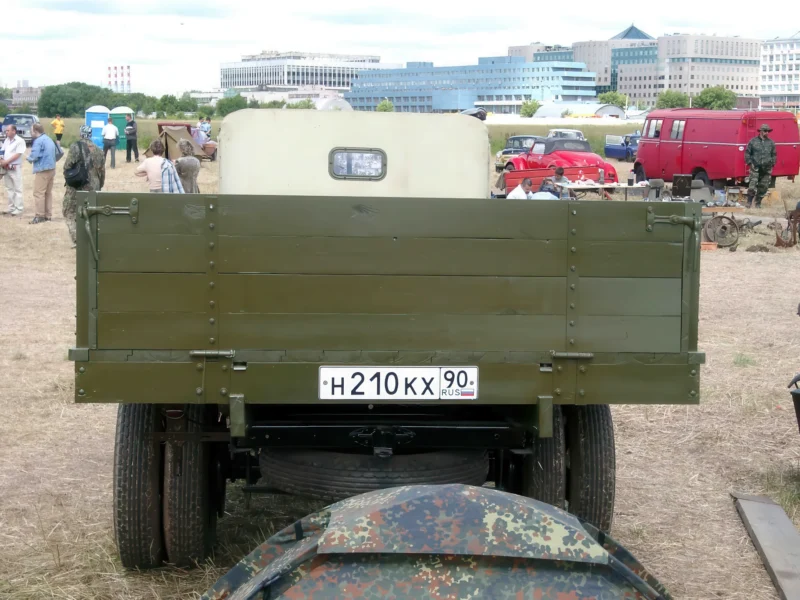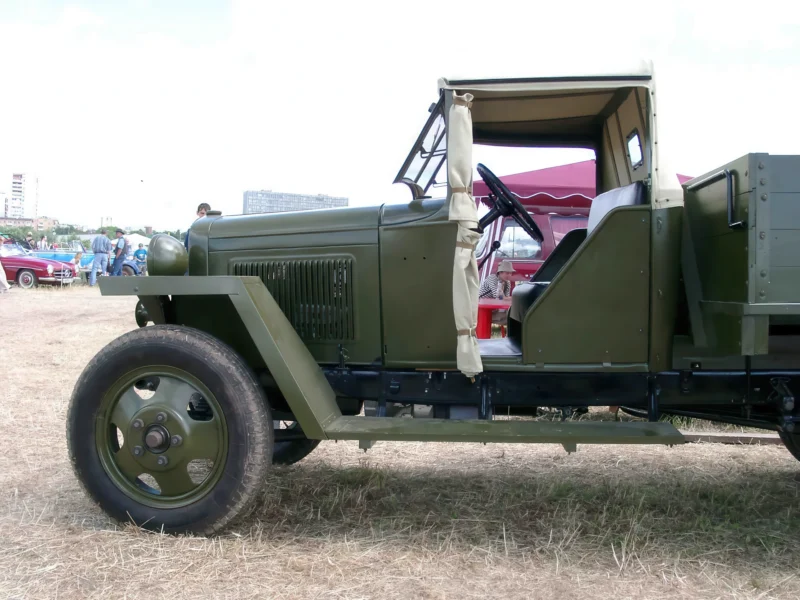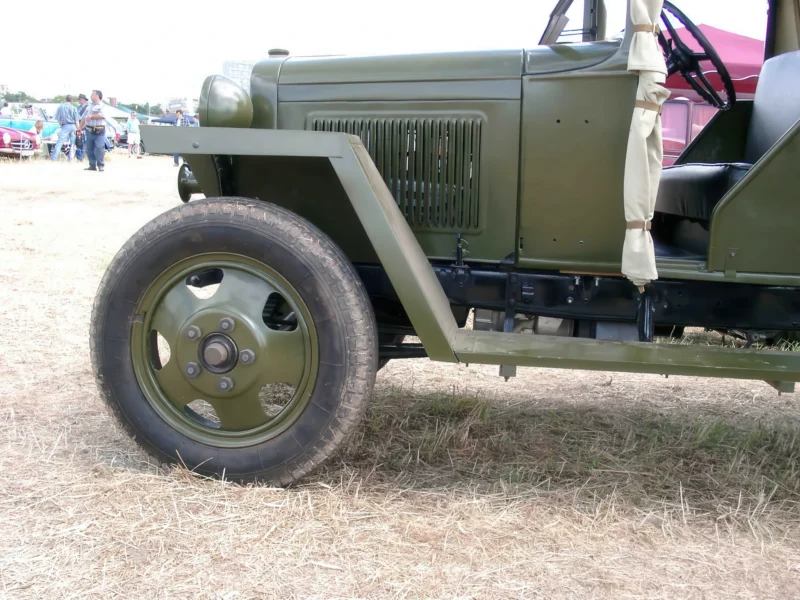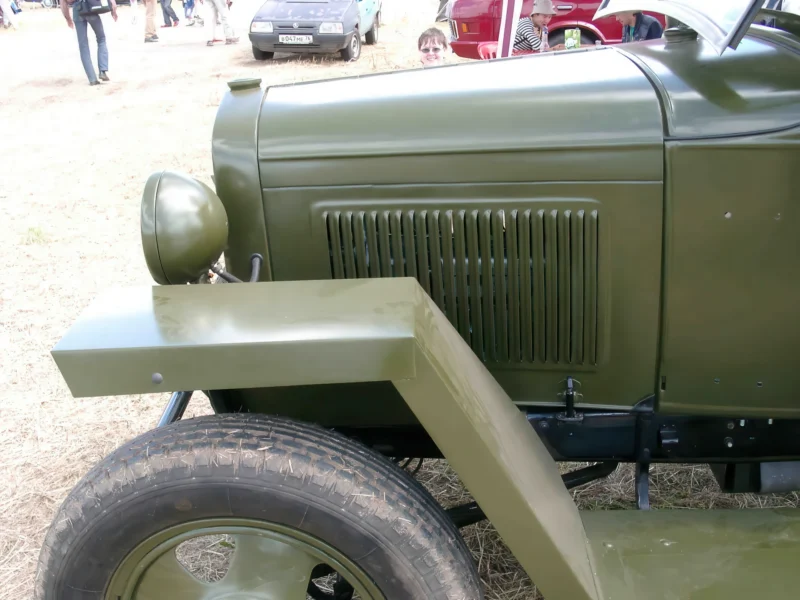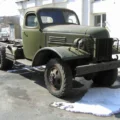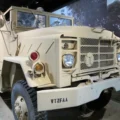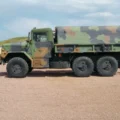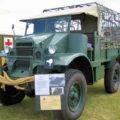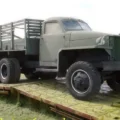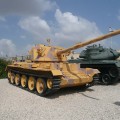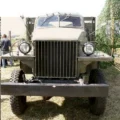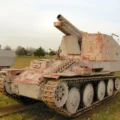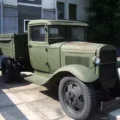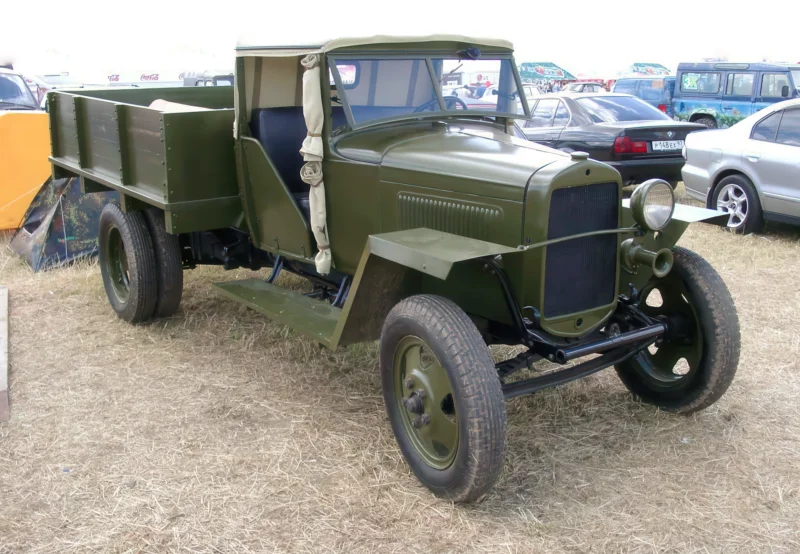
MM Gas Truck | |
|---|---|
| Pays | Ussr |
| Type | Truck |
| Description | Album de 130 walk-around photos of a truck Gas MM |
Photo Gallery on a Gas MM, The Gas-MM is a Soviet truck in use during the Second World War. This truck is the modernized version of the Gas-AA or to be more precise the simplified and militarized version. The simplifications he underwent to be integrated into the army from the beginning of the war did not alter his performance and reliability, which meant that he served as a base for multiple variants (installation of light guns, heavy machine guns, etc.) in addition to his primary functions which were cargo and troop transport. This vehicle is robust and reliable and it will be produced until 1949.
See also:
The GAZ-MM was a pivotal Soviet medium-duty truck produced by the Gorki Automobile Plant (GAZ) starting in 1938. It was a slightly modernized version of the earlier GAZ-AA, which was based on the American Ford Model AA. This sturdy, reliable, and easy-to-maintain vehicle served as the primary transport for the Red Army and the Soviet economy, earning the nickname “Polutorka” (meaning “one-and-a-halfer”) due to its 1.5 ton load capacity.
Technical Specifications and Modernization
The key modernization that defined the GAZ-MM was the upgrade to its power unit:
- Engine: It was equipped with the more powerful GAZ-M1 I4 engine, a four-cylinder gasoline unit.
- Power Output: The engine provided 50 horsepower, an increase from the 40 hp of its predecessor.
- Performance: This increase in power, coupled with a reinforced suspension, gave the GAZ-MM improved performance, with a top road speed typically around 60-70 km/h.
- Chassis: It maintained a simple, robust 4×2 rear-wheel drive configuration.
Wartime Simplification
During World War II, a highly simplified version, sometimes designated the GAZ-MM-V, was mass-produced to save crucial materials like steel, aluminum, and rubber, and to speed up assembly.
- Cab Construction: The standard metal cab was replaced by a simpler cab often constructed from wood and canvas.
- Doors and Windows: Some wartime units were built without doors, requiring canvas coverings, and the windows were often made of simple cellulose film instead of glass.
- Exterior Fittings: Key non-essential parts were eliminated, including:
- The front brakes (only rear brakes remained).
- The front bumper.
- The right headlight (only one on the left remained).
- Fenders: Rounded, stamped steel fenders were replaced with simple, angular, welded metal (or occasionally wooden) replacements.
Despite these extensive simplifications, the core reliability of the truck allowed it to remain in service throughout the war and into the post-war era, fulfilling vital roles including front-line supply and acting as a mobile platform for light anti-aircraft guns.
Views: 5864
